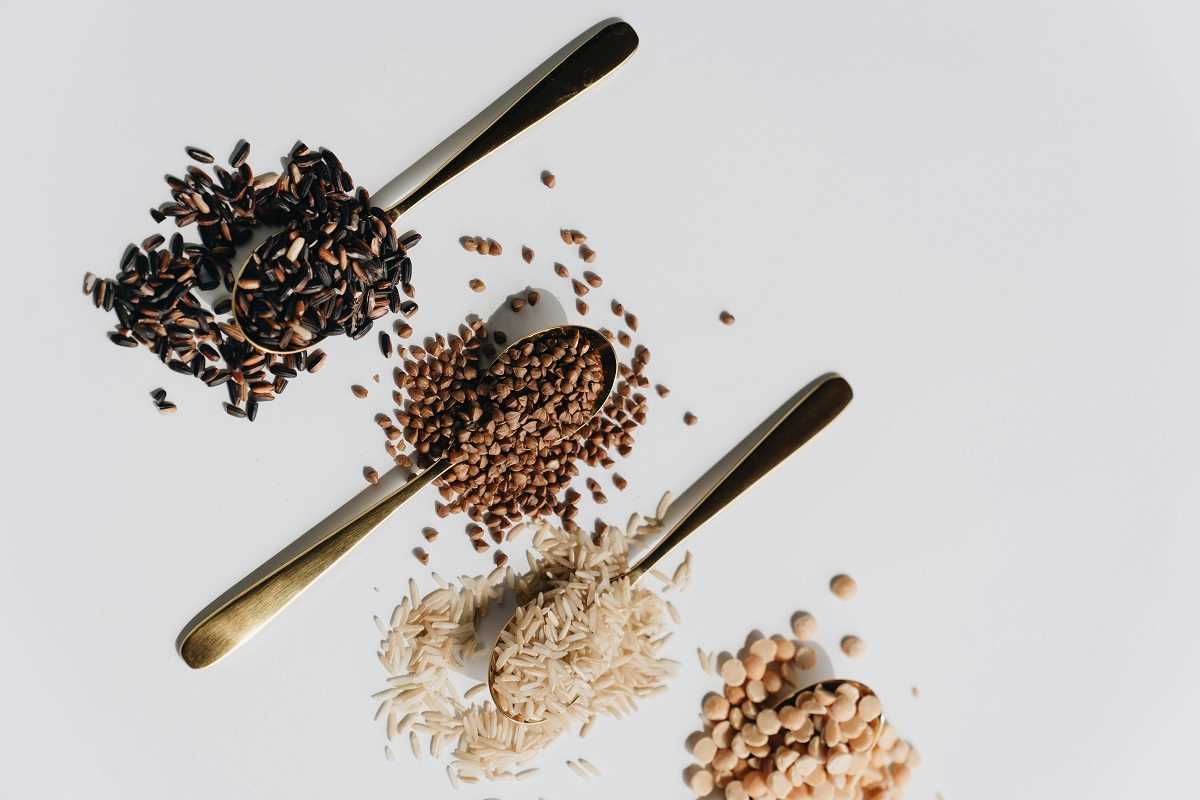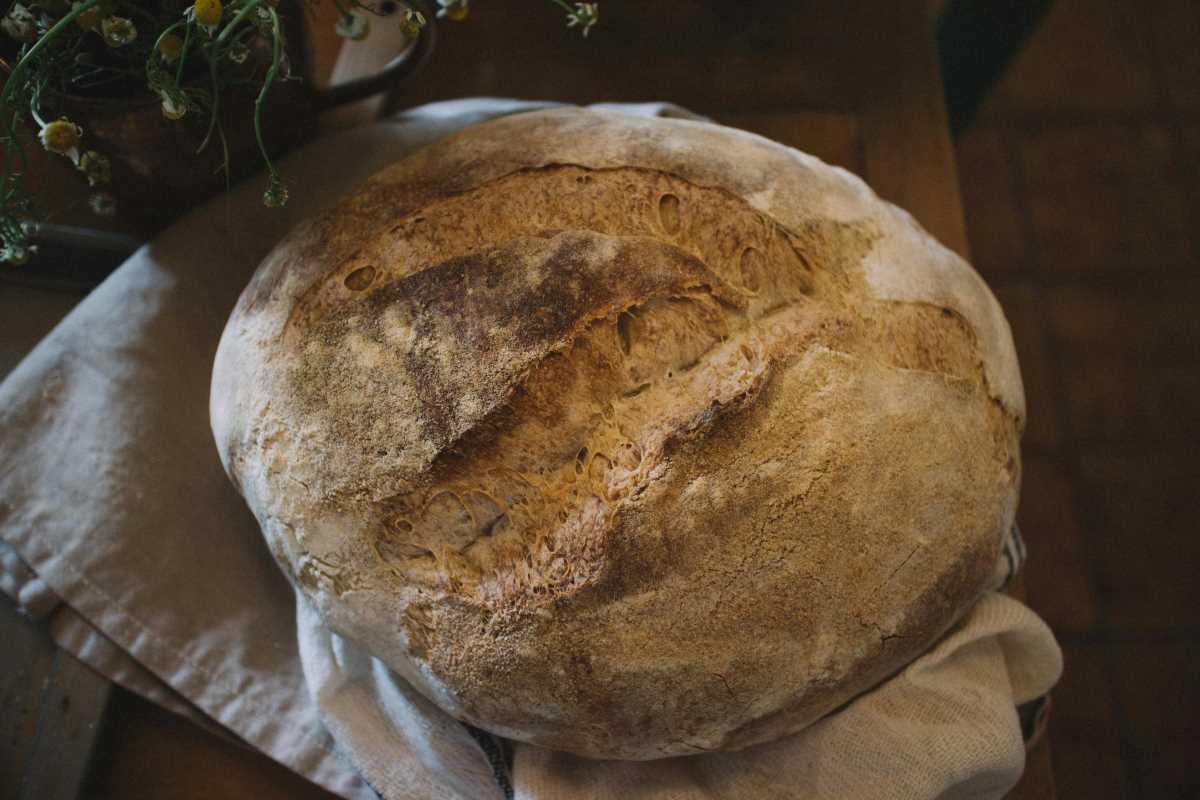Centuries-old kernels sit quietly in kitchen cupboards, carrying stories from faraway fields and times long past. Ancient grains add depth to meals with their unique textures and distinctive flavors, making every bite more interesting. These time-honored seeds bring a sense of history to the table, connecting today’s recipes with culinary traditions that span generations. As you learn about the ways ancient grains can enhance your favorite dishes, you may find new inspiration for your everyday cooking and a fresh appreciation for the pantry staples you already have on hand.
Revealing Subtle Legacies
Beyond their earthy hues, grains like spelt, teff and einkorn carry stories of migration and adaptation. These cultivars once sustained empires and small family plots alike. By tracing their journey from wild grasses to staple crops, we uncover how human ingenuity shaped both plant biology and cultural traditions.
Modern chefs and home cooks are rediscovering these grains not just for nostalgia, but because they offer distinct textures—chewy pearls of barley, nutty flakes of farro—that transform everything from salads to stews. These nuanced mouthfeels invite diners to pause and recognize a living link to ancient fields.
By embracing these kernels, we also honor agricultural diversity. Many ancient grains thrive on minimal inputs and resist certain pests, reminding us that resilience often lies in roots deeper than contemporary high-yield strains. As sustainable practices become crucial, these seeds quietly model low-impact cultivation.
At a time when many crops depend on intensive irrigation and fertilizers, ancient grains offer a lesson in balance. Their historical resilience can help modern growers experiment with smaller plots or intercropping, yielding flavorful harvests that echo centuries-old stewardship of the land.
Grains in Today’s Kitchens
- Discovering Teff: This tiny Ethiopian grain packs protein and iron while conferring a delicate, sweet nuttiness. To use it, rinse one cup under cold water, then simmer with two cups of liquid for about 15 minutes until it puffs like couscous. You can blend it into dough or stir it into soups. A typical 12-ounce bag runs around $4 to $6 at health-food stores or online. Insider tip: Toast teff briefly in a dry pan before cooking to amplify its fragrance.
- Embracing Farro: As an heirloom wheat, farro delivers a satisfying bite and a light earthy flavor. Combine one part grain with three parts water, bring to a boil, then simmer 25–30 minutes until al dente. Cost averages $3 per pound in well-stocked grocery aisles. Chefs note that soaking farro overnight cuts cooking time in half and yields a more tender result without losing texture.
- Utilizing Spelt Flour: Milled from an ancient wheat relative, spelt flour bakes with a subtle nuttiness and yields softer crumb structure than whole-wheat flour. To bake bread, substitute up to half of regular flour, combine your usual wet ingredients, and knead until elastic—roughly eight minutes. A two-pound bag typically costs $5 to $7. Pro bakers suggest reducing liquid by a few tablespoons, since spelt absorbs water differently.
- Cooking Millet Porridge: Millet transforms into a creamy breakfast option when cooked in a ratio of one part grain to two parts water, simmered for 20 minutes with occasional stirring. Retailers price a two-pound sack around $3.50. For an unexpectedly rich dish, stir in a tablespoon of tahini or nut butter at the end—this melds into a silky texture and elevates the grain’s mild character.
- Toasting Buckwheat Groats: Also known as kasha, these triangular kernels develop an intense, roasted aroma after a few minutes in a dry skillet. Then simmer one cup groats in two cups water for 12–15 minutes until the liquid is absorbed. A pound bag costs roughly $4.50. Season with a pinch of smoked paprika or stir in caramelized onions as soon as cooking finishes to deepen the flavor profile.
Cultures and Cuisines Meet
Colors and cooking methods of ancient grains differ across regions. In parts of India, red millet heats gently with spices, while Ethiopian injera springs from fermented teff. Across the Mediterranean, farro has long simmered alongside olives and fresh herbs. Each cuisine preserves a distinct approach that modern kitchens can adapt.
When you sprinkle nutty grains atop leafy salads or fold them into grain bowls with roasted vegetables, you taste textures developed centuries ago. By experimenting with tiny kernels in contemporary assemblies—like tacos, burritos or buddha bowls—you blend mobility and tradition in every bite.
You can find ancient grains in bulk sections or specialty markets.
Focus on Health and Flavor
- Millet’s Mineral Boost: This gluten-free grain contains magnesium and phosphorus, lending both crisp texture and nutritional heft to salads or side dishes. Cook one cup millet with two cups broth for 20 minutes, fluff with a fork, then cool before tossing with vegetables. Price fluctuates by region but stays near $3 per pound. Avoid overcooking to maintain individual pearls—draining any excess liquid promptly prevents sogginess.
- Amaranth for Creamy Gruel: These tiny seeds swell into porridge with a distinct, glossy finish. Combine one part amaranth with three parts water, bring to a low simmer and stir every few minutes for 20–25 minutes. A one-pound bag costs about $6. Pro cooks stir in a spoonful of yogurt or coconut milk at the end to contrast the grain’s poppy texture with smooth richness.
- Freekeh in Hearty Stews: Charred green wheat known as freekeh adds a smoky dimension to brothy dishes. Rinse before simmering one cup with two and a half cups liquid for about 20 minutes, then incorporate into stews. Availability may vary by region; expect around $7 per pound. Store in a cool, dark pantry to prevent rancidity and enjoy its taste for months.
- Kamut for Crisp Salads: Ancient Egyptian wheat called kamut yields large, firm kernels perfect for chilled salads. Soak kernels overnight, then simmer three parts water to one part grain for 40–45 minutes until just tender. Price catalogs around $5 per pound. Veteran cooks recommend finishing with a drizzle of extra-virgin olive oil and lemon zest to highlight sweet, buttery undertones.
- Buckwheat Noodles as Slurpable Sides: Also known as soba, these noodles turn into a quick, slurp-worthy dish. Boil in plenty of water for three to five minutes, drain and rinse under cold water. Packs of 8 ounces cost about $4. For authentic flavor, serve with a dipping sauce of soy, mirin and ginger—this balances the naturally earthy taste of the buckwheat strands.
Ancient grains like einkorn and barley enrich dishes with unique flavors and history. Experiment with these grains to bring depth to your next meal.
 (Image via
(Image via





